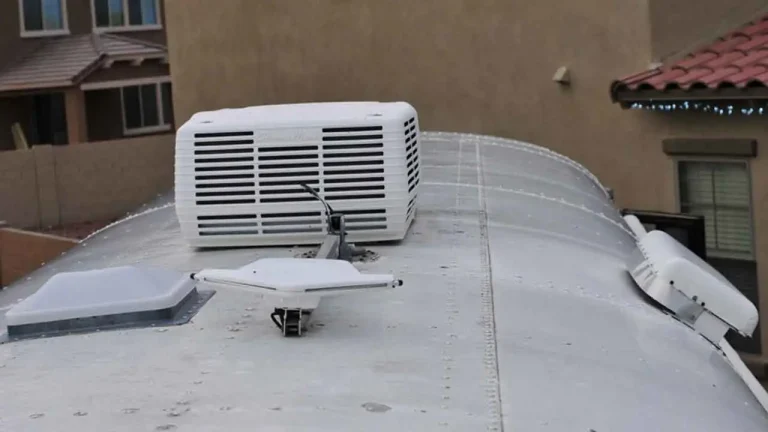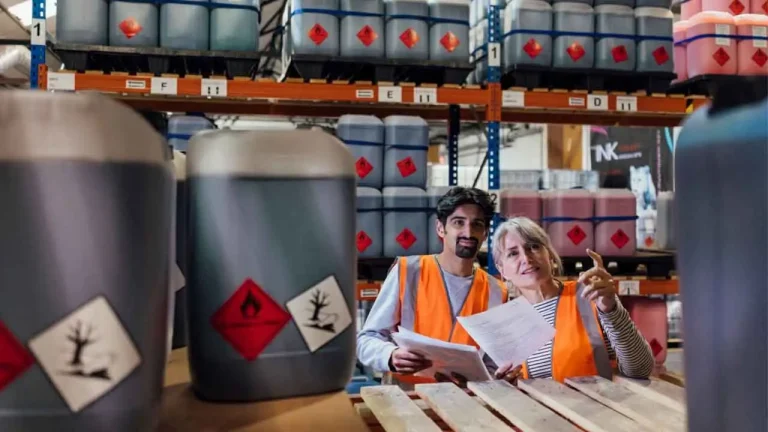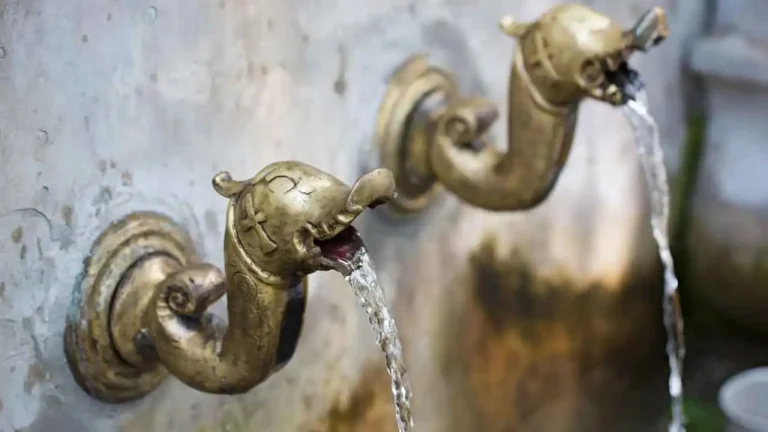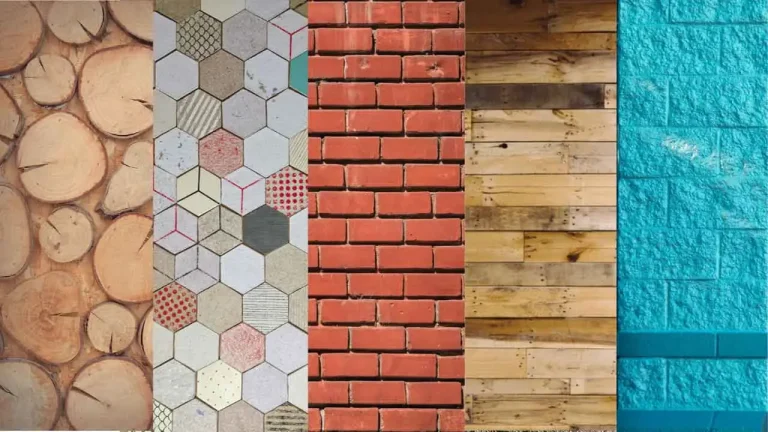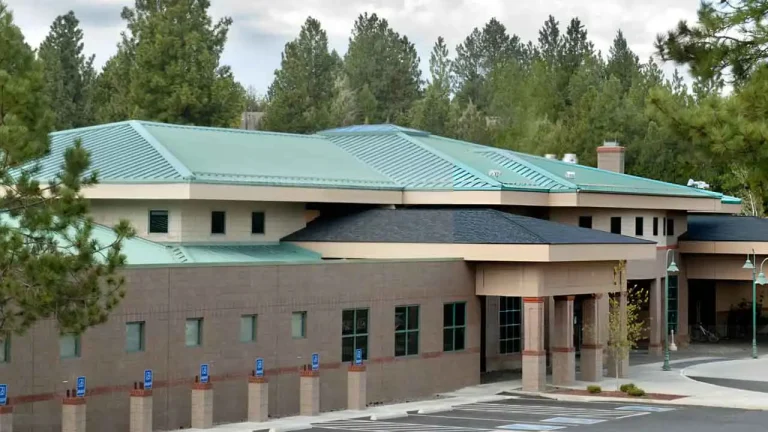How To Fix A Sink Overflowing Kitchen In 5 Fast Steps
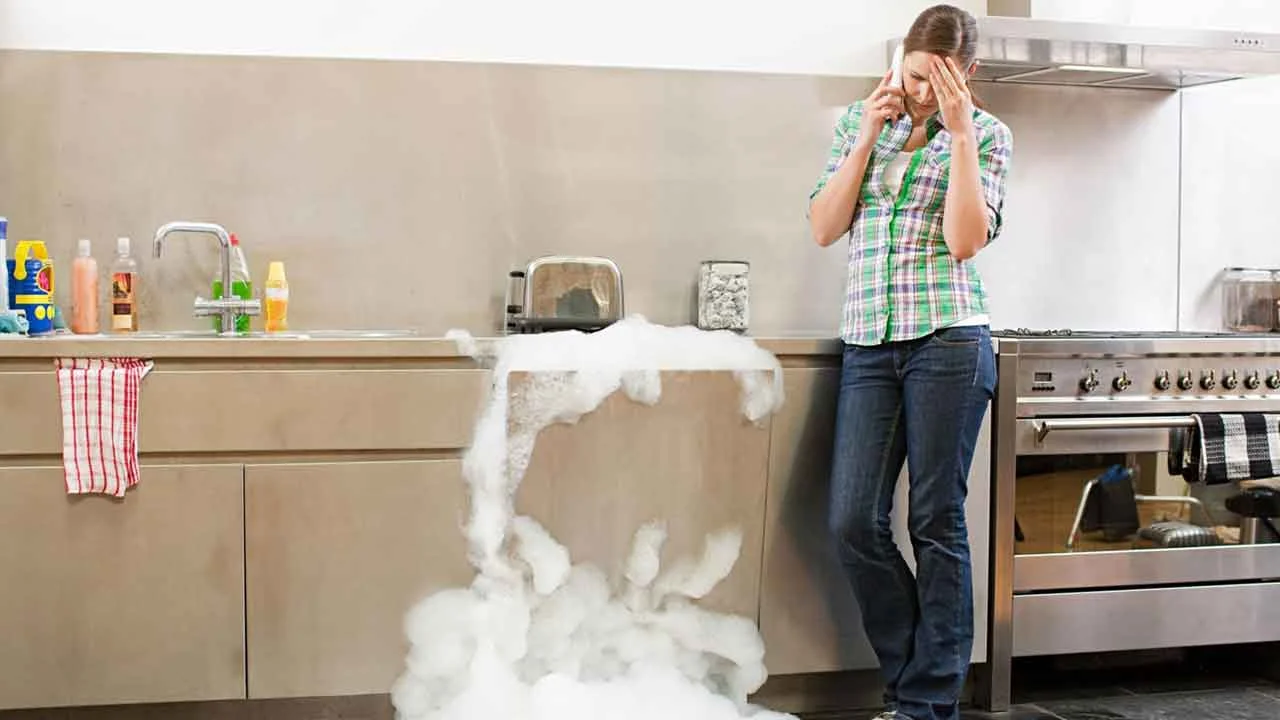
Understanding the causes of a kitchen sink overflowing
A kitchen sink overflowing can be a frustrating and messy ordeal for homeowners. Understanding the causes behind this common plumbing issue can help prevent future incidents. One of the main reasons for a kitchen sink overflow is a clogged drain. Over time, food particles, grease, and other debris can accumulate in the drain pipes, restricting the water flow. This buildup can eventually lead to water backing up into the sink overflowing.
Additionally, a faulty or improperly installed sink trap may also cause overflow. A sink trap is a curved section of pipe that is designed to prevent sewer gases from entering the home. If the trap is not installed correctly, it can cause the water to back up and overflow.
Another possible cause of a kitchen sink overflow is a malfunctioning garbage disposal. When food waste isn’t properly ground up and disposed of, it can create a blockage in the drainpipes, causing water to back up and overflow. It is important to use the garbage disposal properly and avoid putting large amounts of food waste down the drain at once.
In some cases, a malfunctioning or clogged sink overflow drain can also be the culprit. The overflow drain is a secondary drain located near the top of the sink that is designed to prevent the sink from overflowing. If this drain becomes blocked or damaged, it can cause water to spill over the edges of the sink. Understanding these potential causes can help homeowners address and remedy kitchen sink overflows before they become major problems.
Signs that indicate a Kitchen Sink is Flooding
One of the first signs that your kitchen sink may be flooding is the presence of standing water. If you notice water accumulating in the sink basin and taking longer than usual to drain, this could be an early indication of a potential overflow. Additionally, be alert for any gurgling or bubbling noises coming from the drain while your sink is in use. These noises often point to a clog or blockage in the pipes, which can lead to water backup and eventual flooding.
Another telltale sign of a kitchen sink flooding is water seeping out from underneath the sink cabinet. Check for any dampness or water stains on the floor or surrounding cabinets near the sink area. This is a clear indication that water is escaping from the sink, either due to excessive water flow or a faulty drainage system. It is essential to address these signs promptly to prevent further damage and potential mold growth.
Identifying the location of the kitchen sink overflow drain
The kitchen sink overflow drain is an essential component of every kitchen sink. It is designed to prevent water from overflowing and causing any damage to your kitchen. However, some homeowners may not be familiar with the exact location of the overflow drain.

In most kitchen sinks, the overflow drain is usually located near the upper rim of the sink, close to where the faucet is installed. It is usually a small opening or hole that is connected to a pipe leading to the main drain. Sometimes, the overflow drain may also be located on the side of the sink, depending on the design of the sink. To identify the location of the kitchen sink overflow drain, you can start by visually inspecting the sink and looking for any small openings or holes near the upper rim or the side of the sink.
Additionally, you can flush the overflow drain with hot water to help prevent any blockages from forming. By maintaining a clean and clear overflow drain, you can ensure the proper functioning of your kitchen sink and prevent any potential flooding incidents.
Once you have located the overflow drain, it is important to keep it clean and free from any blockages. A clogged overflow drain can lead to water overflowing and causing damage to your kitchen. Regularly inspect the drain and use a small brush or toothbrush to remove any debris or buildup.
Steps to follow when the kitchen sink Overflowing
Clearing a blocked Sink overflow to prevent flooding
When faced with a blocked sink overflow, it is crucial to act promptly to prevent potential flooding and water damage in your kitchen. Clearing the blockage can be a simple task that you can undertake yourself, saving you both time and money. The first step is to locate the overflow drain, which is typically situated near the top of the sink, adjacent to the faucet. Once located, you can inspect the drain for any visible debris or obstacles that may be causing the blockage.
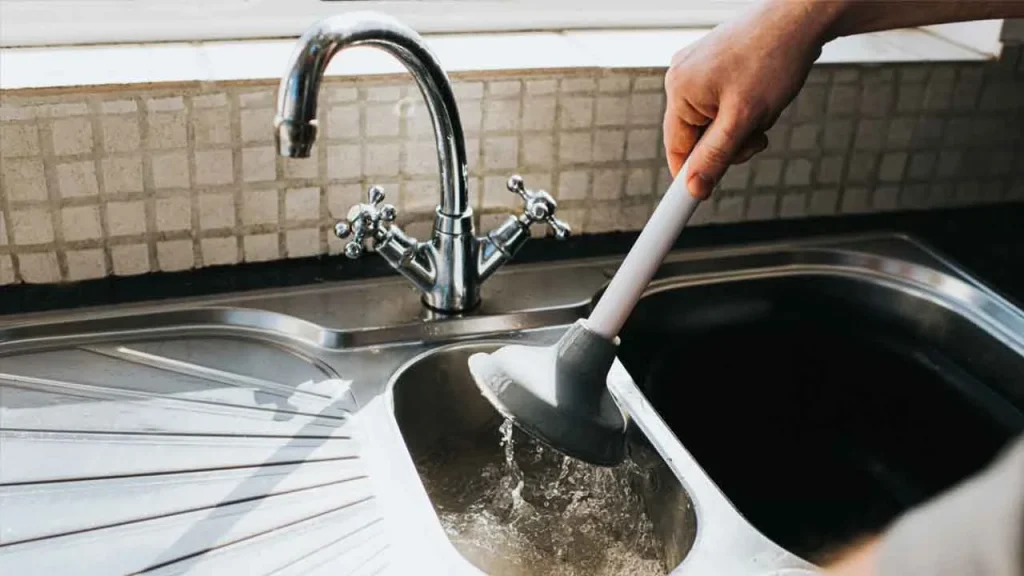
To clear the blockage, start by removing any debris that you can see, such as food particles or grease buildup. A small wire brush or toothbrush can be helpful for this task. If the blockage persists, you can use a plunger to apply pressure and force the blockage free.
Ensure that you cover the sink drain with a cloth or plug to create a tight seal before plunging. Alternatively, a mixture of baking soda and vinegar can be poured down the overflow drain to help break down any stubborn blockages. Allow the mixture to sit for several minutes before flushing it with boiling water. Regular maintenance and keeping the overflow drain clean can also prevent future blockages and potential flooding.
Common Reasons for a clogged sink overflow
One of the common reasons for a clogged sink overflow is the accumulation of debris such as food particles, grease, and soap residue. Over time, these materials can build up in the drain pipes, restricting the flow of water and causing it to back up into the sink overflow. This can be particularly problematic in kitchen sinks where food scraps and cooking oils are often washed down the drain.
Additionally, soap residue from dishwashing liquid and detergents can contribute to the clog. Regular maintenance and proper disposal of food waste can help prevent this type of blockage.
Another common cause of a clogged sink overflow is the presence of hair and other bathroom products in the drain system. In bathroom sinks, hair, toothpaste, and soap scum can accumulate over time, leading to a blockage. Hair is especially notorious for causing clogs as it tends to clump together and create a barrier in the pipes. To avoid this, it is important to regularly clean out hair from the sink and use drain covers or strainers to catch any loose hair before it goes down the drain.
Assessing the Severity of a Kitchen Sink Overflow Situation
The severity of a kitchen sink overflow situation can vary, depending on several factors. One of the key indicators of the seriousness of the issue is the amount of water that is overflowing from the sink. If it is just a small amount of water and can easily be contained and cleaned up, then the situation may not be too concerning. However, if there is a steady flow of water or if it is gushing out uncontrollably, this could indicate a more critical problem.
Another factor to consider when assessing the severity of a kitchen sink overflow is the source of the water. If the water is coming from the faucet and overflowing due to a faucet malfunction or a blockage in the pipes, it may be easier to resolve. However, if the water is coming from a different source, such as a burst pipe or a sewer backup, the situation could be more complicated and require immediate attention.
Ultimately, it is important to quickly assess the severity of a kitchen sink overflow situation to determine the necessary steps to resolve the issue and prevent any further damage to the kitchen or the rest of the house.
Utilizing Natural Remedies to Clear a Sink Overflow Blockage
One effective method for clearing a sink overflow blockage is to use a combination of vinegar and baking soda. Begin by pouring a cup of baking soda into the drain, and then follow it with a cup of vinegar. The chemical reaction between the 2 substances will produce a bubbling effect that helps to break down any stubborn clogs.

Allow the mixture to sit in the drain for about 15-20 minutes before flushing it out with hot water. This method is not only natural and environmentally friendly, but it is also quite effective in removing blockages and preventing future overflow incidents.
Another natural remedy for clearing a sink overflow blockage is to use a mixture of salt and boiling water. Simply pour half a cup of salt down the drain, followed by a kettle of boiling water. The salt acts as an abrasive cleaner, while the hot water helps to dissolve any grease or grime that may be causing the blockage. Allow the mixture to sit for a few minutes, and then flush it out with more hot water. This method can be repeated as necessary until the blockage is completely cleared.
Seeking Professional Help for Persistent Kitchen Sink Overflow Issues
When faced with persistent kitchen sink overflow issues, it may be necessary to seek the assistance of a professional plumber. While minor clogs can often be cleared with household remedies or simple tools, more complex and recurring problems require the expertise and experience of a trained technician. Attempting to tackle these issues on your own could potentially exacerbate the problem, leading to further damage or costly repairs.
A professional plumber will have the knowledge and skills to accurately diagnose the underlying cause of the overflow, whether it be a blockage in the drain pipes, a faulty valve, or improper plumbing installation. They will also have access to specialized equipment and tools that may be necessary for identifying and resolving the issue. By enlisting the help of a professional, you can have peace of mind knowing that the problem will be addressed effectively and efficiently, minimizing the risk of future overflow incidents and ensuring the long-term functionality of your kitchen sink.
Tools and Materials needed to fix an overflowing kitchen sink
To effectively fix an overflowing kitchen sink, you’ll need to gather the necessary tools and materials. First and foremost, a plunger is an essential tool to have on hand. This simple yet powerful device can help you create suction and dislodge any blockages in the sink drain. Make sure you choose a plunger specifically designed for sinks to ensure a proper seal.
In addition to a plunger, a pair of gloves is advisable, especially if you’re dealing with a messy situation. Rubber gloves will protect your hands from potentially harmful chemicals or substances that may be present in the sink or the overflow drain. They also offer a hygienic barrier, minimizing the risk of contact with bacteria. Keep a sturdy bucket nearby as well, as it can be used for collecting excess water or debris while you work on the sink.

